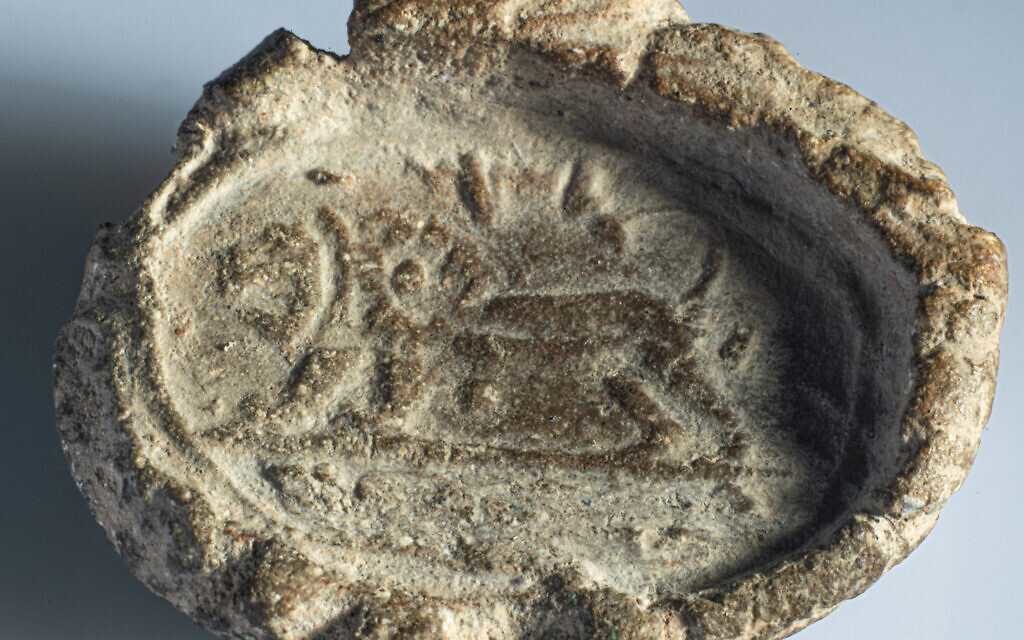
BEERSHEBA, Israel — A clay seal that was purchased from an antiquities dealer in the 1980’s and was tested for its authenticity is believed to have belonged to a servant of the biblical king Jeroboam II.
“This bulla is one of the earliest, if not the earliest, inscribed bulla in the Land of Israel,” Ben-Gurion University professor Yuval Goren told The Times of Israel.
The outlet reports that the seal, while smaller, is nearly identical to a jasper seal discovered in 1904 at the site Tel Megiddo during an excavation led by Gottlieb Schumacher.
Bulla were customarily used to seal papyrus letters or bags or boxes containing food. Sometimes they were solely used as a means of making an agreement and served as a signature.
Both seals feature the image of a roaring lion with his tail raised and the inscription ““l’Shema eved Yerov’am.” Being translated, it reads, “Belonging to Shema, the servant of Jeroboam.”
Professor Yigal Ronen from the Ben-Gurion University of the Negev purchased the seal for only 10 shekels (about $3 USD) while visiting a Bedouin market in Beersheba. He was interested in the bulla due to its indication that it might be a royal seal and with the knowledge that a similar seal was found in Megiddo.
However, because the origin of the seal was unknown by the merchant, and because it was purchased at low coast, he thought it perhaps to be a forgery.
Retired Ben-Gurion University professor Eliezar Oren, an archaeologist and neighbor of Ronen’s, later encouraged Ronen to have the piece tested as he suspected it was from the Iron Age.
Ronen agreed, and among those to get involved in studying the seal was Goren, who had come up with a series of strict tests to analyze its authenticity. It was agreed that if the bulla was found to be genuine, it would be turned over to the Israel Antiquities Authority.
“One test involved removing a fragment of the clay to examine the mineral makeup and another analyzed the isotopic composition of the patina,” Bryan Windle of the Pennsylvania Associates for Biblical Research outlined in a blog post on the find. “He assembled an interdisciplinary team and studied hundreds of authentic seal impressions discovered in excavations to secure a reference point.”
Researchers concluded from the tests that the bulla was sealed on a linen cloth and then baked at a high temperature. They also found that it came from a place where “limestone rocks are exposed in the vicinity of basalt-containing olivine,” and dated the piece as being approximately 2,300 years old.
The biblical King Jeroboam II’s reign would have fit within that time period, sitting on the throne from 789 to 748 B.C.
2 Kings 13:13 states, “And Joash slept with his fathers, and Jeroboam sat upon his throne, and Joash was buried in Samaria with the kings of Israel.”
Jeroboam was seemingly a warrior-king who “recovered Damascus and Hamath, which belonged to Judah, for Israel.” He named his son Zachariah, meaning, “Yahweh remembers.”
2 Kings 14:27 also outlines, “And the Lord said not that He would blot out the name of Israel from under heaven, but He saved them by the hand of Jeroboam, the son of Joash.”
Become a Christian News Network Supporter...


